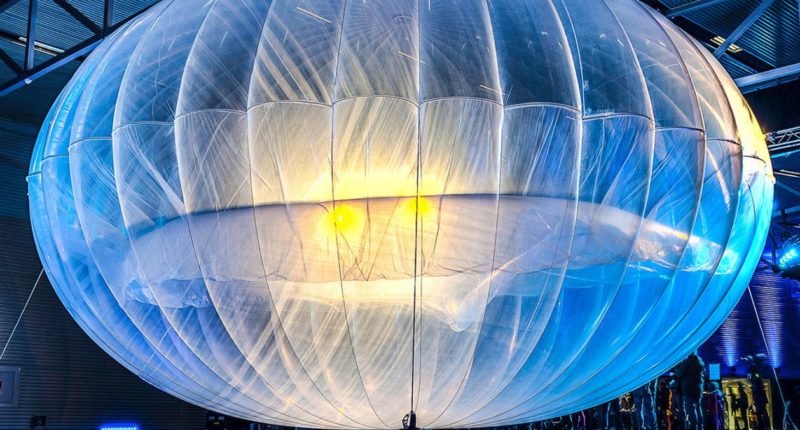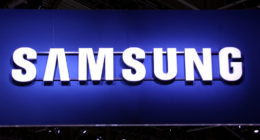After launching its first internet balloon in April this year, Alphabet’s Loon is finally initiating its Internet services in Kenya, one of the most technologically challenged countries in the world.
The company launched this service in collaboration with local telecom provider Telkom Kenya. Kenya frequently suffers from from unreliable connections and abysmal data connectivity, due to the rough mountainous terrain that makes setting up ground infrastructure a big hassle.
However, as the term itself suggests, Loon’s “balloons” don’t need a ground infrastructure, and can thus ensure that Kenyans has access to quality Internet services, a fundamental right in many parts of the world.
“Today, we get to build on that progress with the announcement that Loon is now providing service in Kenya to subscribers of Telkom Kenya. This is a first in many ways: the first non-emergency use of Loon to provide connectivity on a large-scale basis, the first application of balloon-powered internet in Africa, and the first of what will be many commercial deployments around the world,” wrote Alastair Westgarth, CEO of Loon.
If you think that the idea of floating balloons that act as Internet towers seems outlandish, you aren’t the only one. Westgarth states that even he did not think it would work, but every bit of data that passes through one of the Loon balloons proves him wrong. These balloons, which can last for more than half an year, are launched by a 90-foot tall automated machine that can send a balloon to 60,000 feet once every 30 minutes.
Then, they start their journey directed by the air currents in the stratosphere and machine learning algorithms, and finally reach their destination. There, thousands of feet above ground, these balloons provide a coverage area of 11,000 square kilometers — a whopping 200x that of an average cell tower.
The 35 balloon strong fleet will cover an area of 50,000 square kilometres, spanning over the areas of Iten, Eldoret, Baringo, Nakuru, Kakamega, Kisumu, Kisii, Bomet, Kericho, and Narok.
Moreover, early tests show that the Internet provided by these balloons isn’t just more reliable than the one Kenyans had before, it is also way faster. “In one late-June field testing session within the service region, we saw an uplink speed of 4.74Mpbs, a downlink speed of 18.9Mbps, and latency of 19 milliseconds (ms). In that and subsequent tests, the Loon and Telkom teams have used the service for all sorts of applications, including voice calls, video calls, YouTube, WhatsApp, email, texting, web browsing, and more,” the blog reads.
The service is a little different than Starlink’s constellation, which will start early stage rollout of its service later this year. While Starlink employs low orbit satellites that can scale up to 20 kms above sea level, Loon balloons are still a part of the Earth’s atmosphere and “dance around” in the stratosphere for providing high speed internet facilities.
While what Loon has achieved so far is enough for a lifetime, Westgarth isn’t remotely done, and plans to expand these services to other parts of the world very soon.





